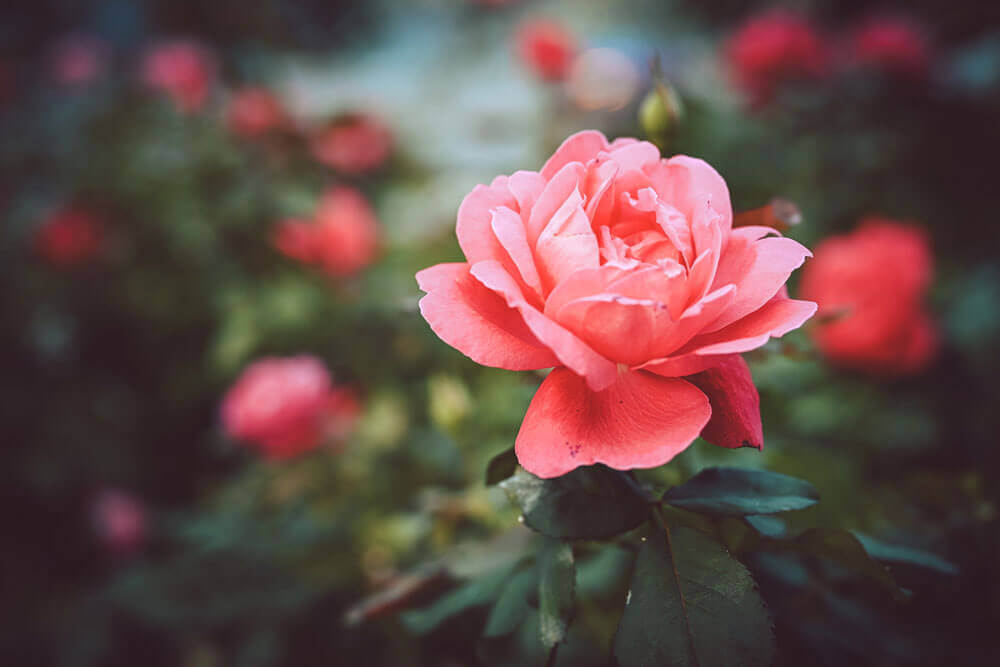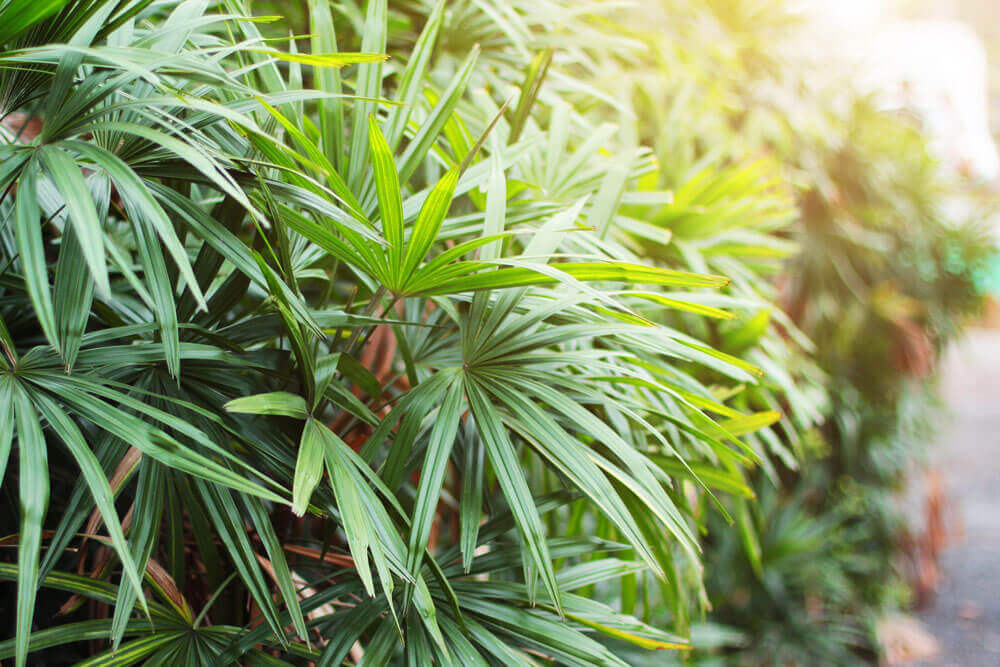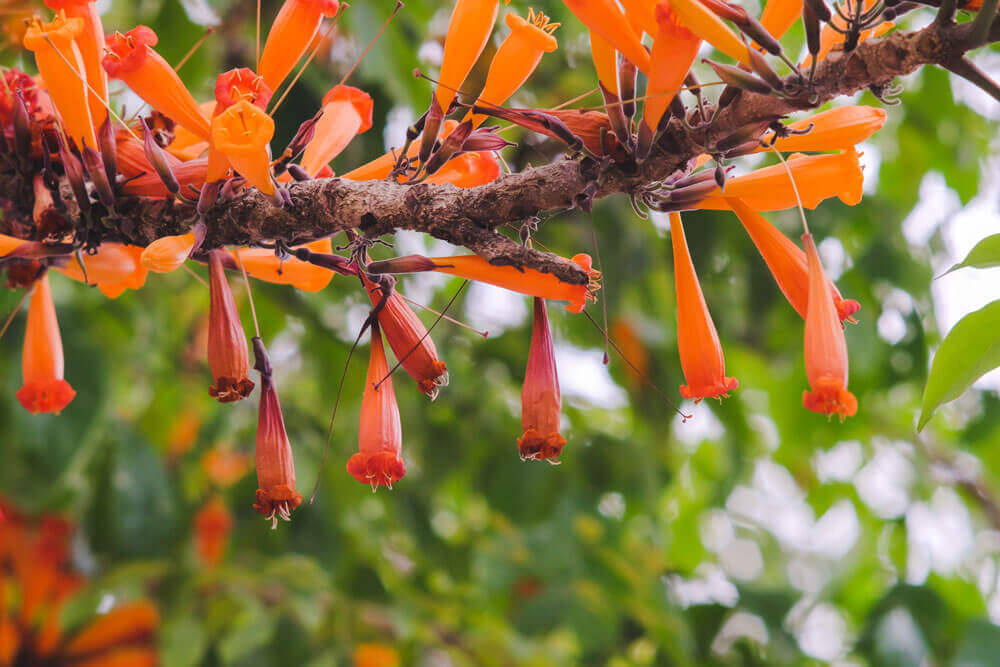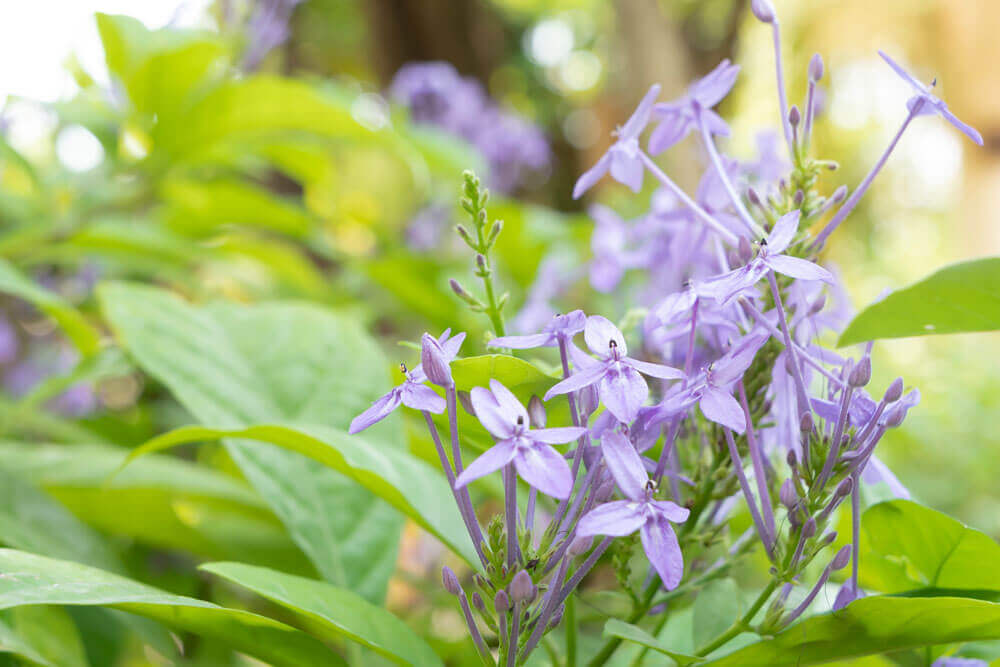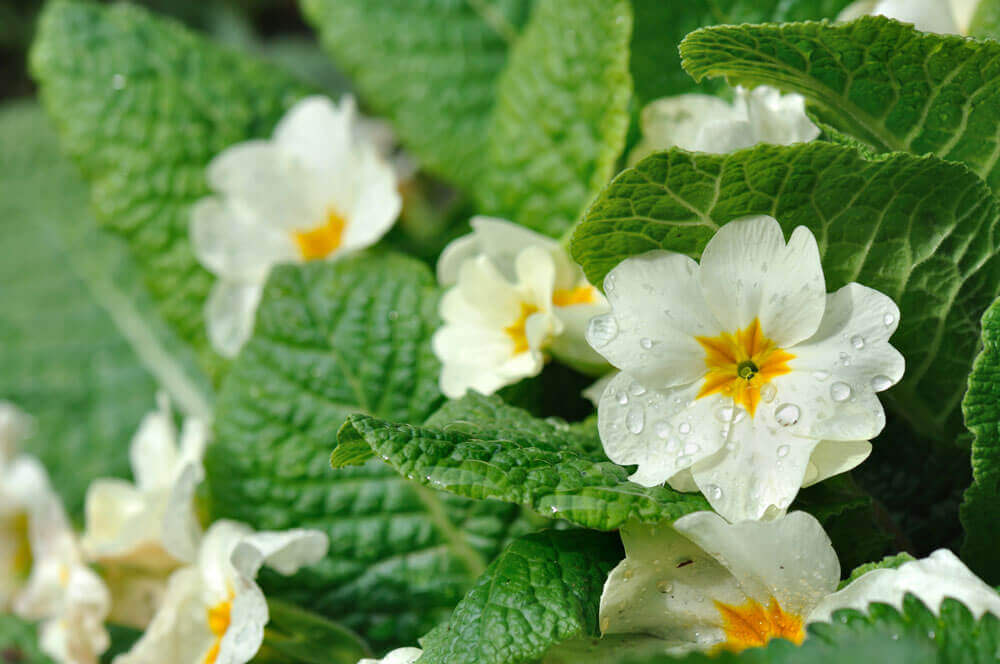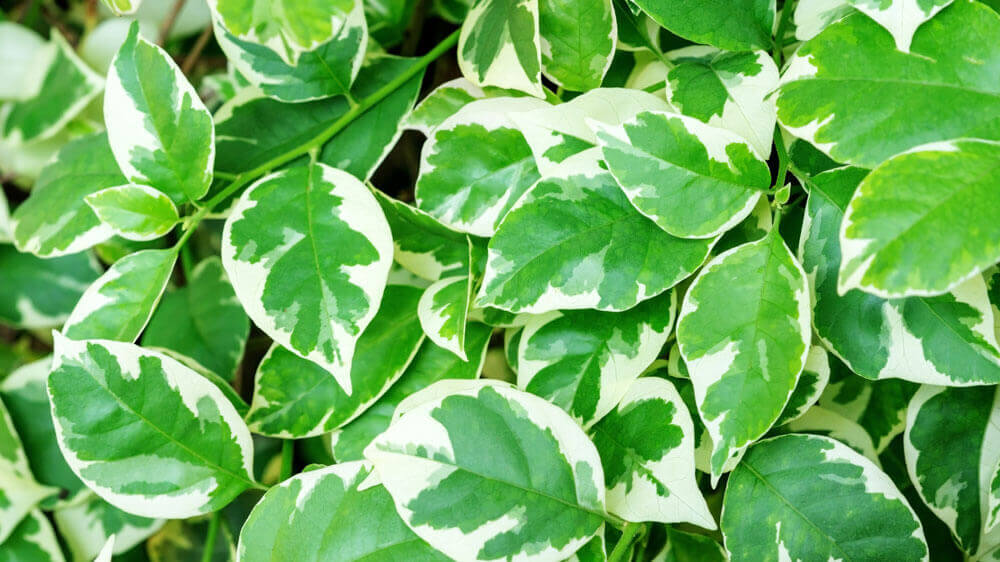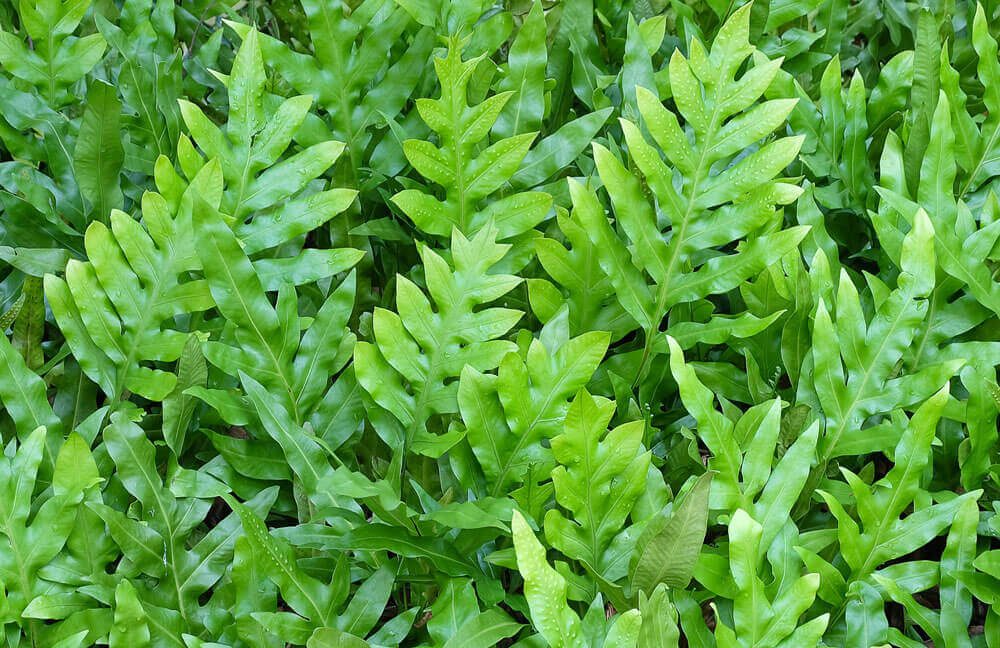Saintpaulia
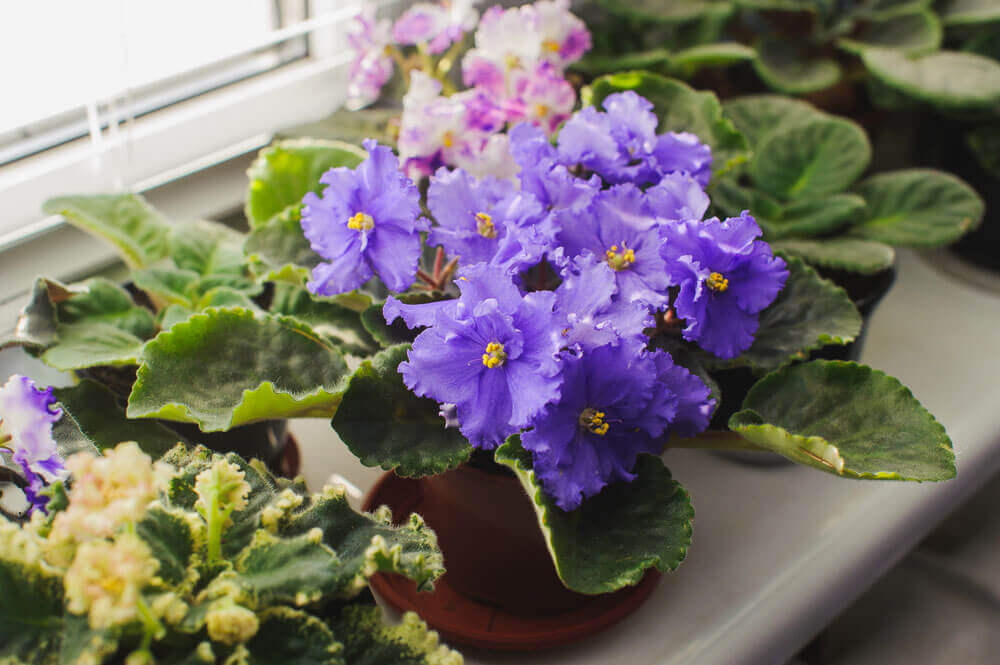
Learn about the plant
Genus of about 20 species of lower-growing, time tested perennials seen on banks, streamsides, on among rocks, or as epiphytes on shrubs inside a little part of spectacular E. Africa. The majority are virtually stemless or have very brief stems. Saintpaulia (African Violet) is a worldwide favorite. Its primary appeal is the capability to flower at nearly every season, along with its compact sizing implies it may in shape on the thin windowsill. There are several legal needs – steady warmness, cautious irrigating, good gentle, high atmosphere humidity, and regular giving. Retain the leaves from the windowpane. Remove deceased blossoms and damaged leaves immediately – do not abandon a stalk. Get rid of part shoots on older plants and flowers while they develop. Keep the vegetation moderately underlying-sure. Use a plastic container when repotting is essential. Saintpaulia cultivars are labeled by rosette size into five teams:
Small-small – Less than 3 in (8 cm)
Small – 3-6 in (8-18 cm)
Semi-miniature – 6-8 in (15-20 cm
Common – 8-16 in (20-40 cm)
Large – over 16 in (40 cm)
Plant growth conditions
Typical or higher common warmth in the summer season. Always keep fairy excellent in the wintertime – minimal temperature 60 F or 18 C. Brilliant gentle – prevent straight sun. Create in the soilless potting mixture. Provide at the very least 12 times of lighting per day for long-word flowering. The diameter of your container needs to be one-third the diameter of the herb. Do not overpot.
Normal water freely from springtime to the autumn months – sparingly in the winter months. Use tepid normal water. Mist frequently results in, specially in warm weather.
Plant reproduction
Plant reproduction
Consider leaf cuttings in the spring season. Sow seed at 66-75 F (19-24 C) once ripe. Chimeras will never becoming a reality from leaf cuttings and definitely will be realized from suckers or plantlets borne on blossom stalks.


